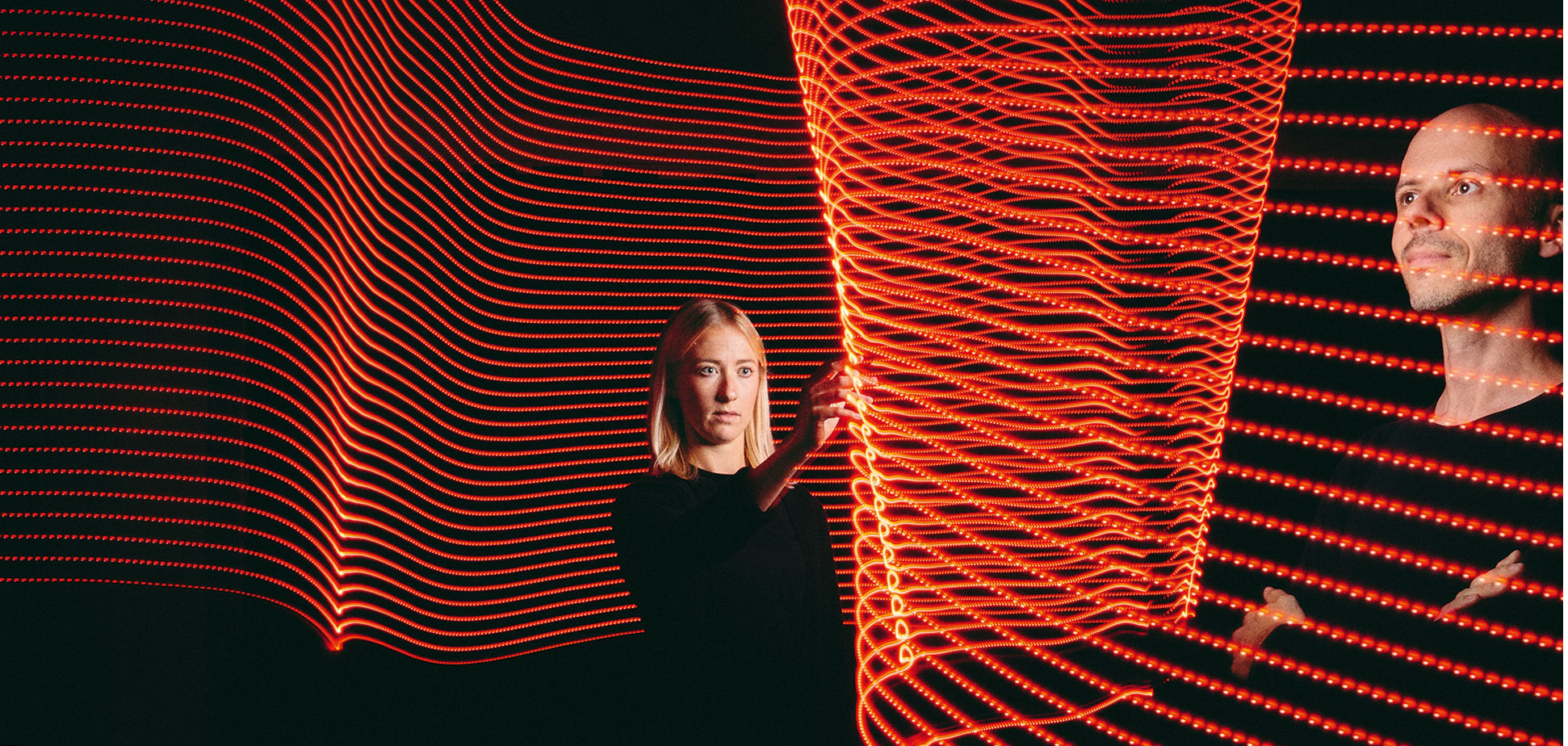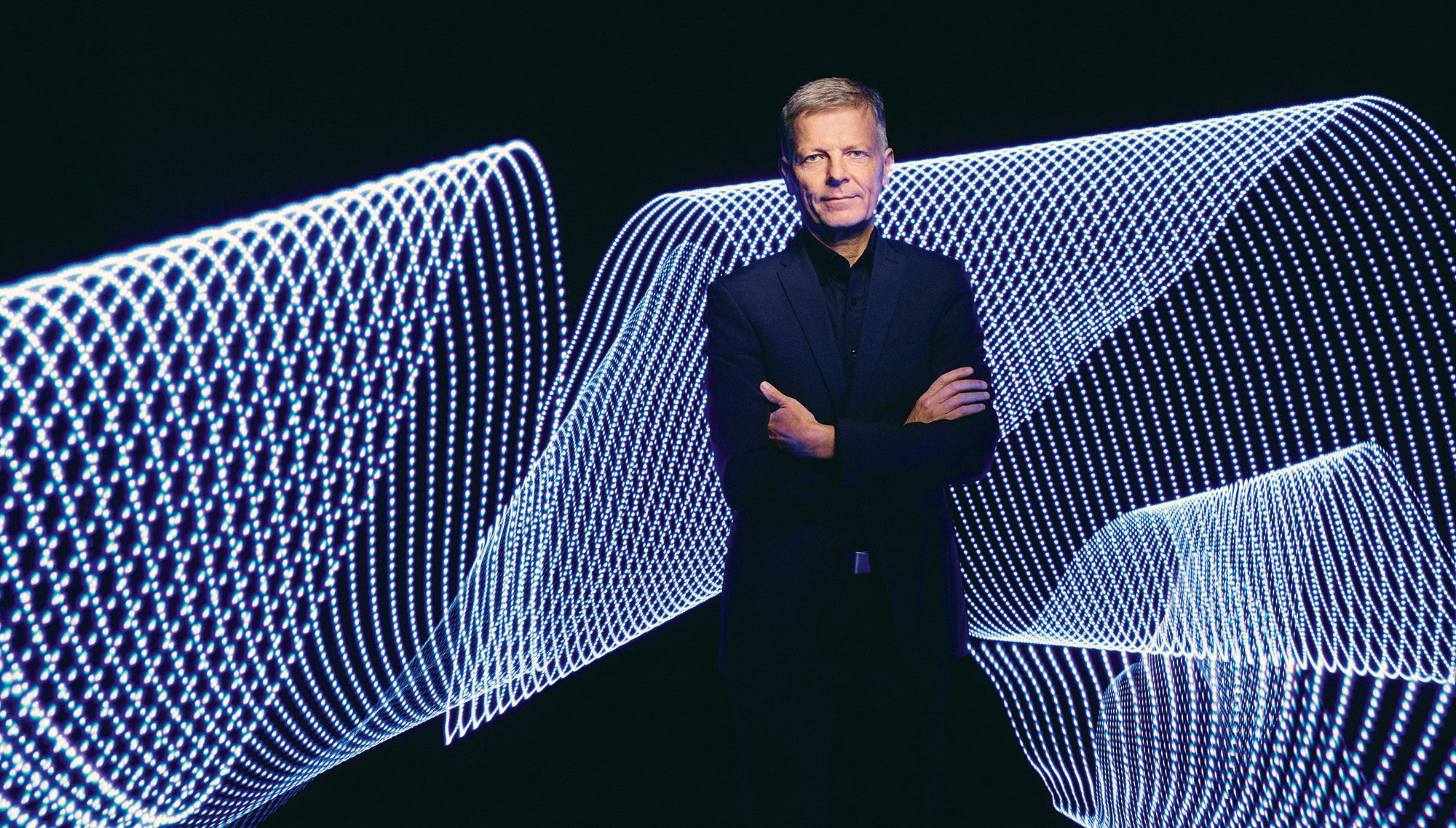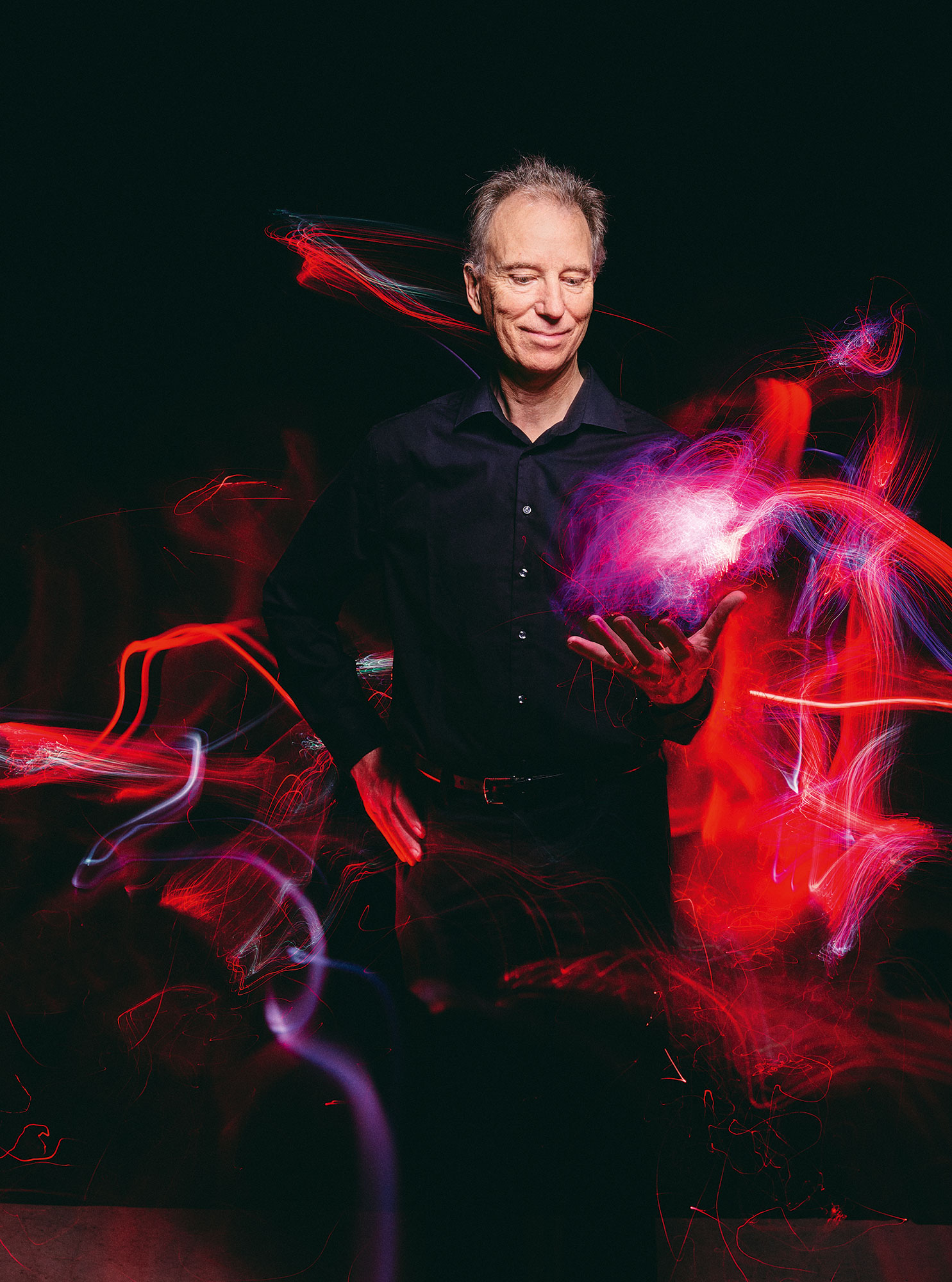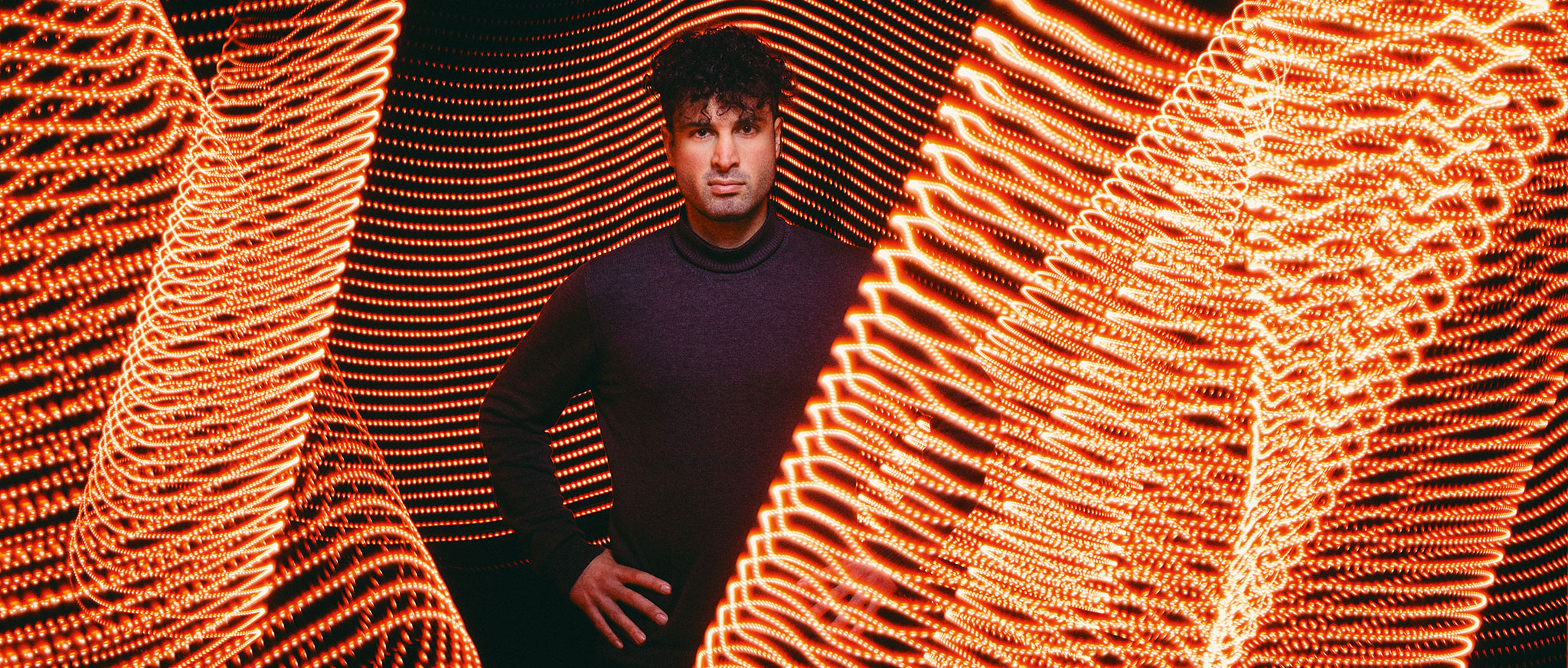It is also possible to implement technical measures for improving energy flexibility, such as switching energy carriers or taking advantage of processes’ inherent energy storage capacity. Other opportunities lie in the control systems for company infrastructure, for example, the air compression and air conditioning systems. “Cooling and heat generation are a particularly promising areas of potential. For example, depending on energy prices, a furnace can run on gas and/ or hydrogen, or electricity; you can even switch from one source to another during operation,” explains Mr. Kaymakci. To take another example, if there is an oversupply of electricity, the furnace can be set to full power and heated to a higher temperature for a short period, and then draw from this higher temperature when electricity prices increase later on. The platform already offers integrated services for optimizing this kind of load curve. “The services’ central database and functionalities are standardized; however, there are different services for each process, which are also adapted to suit the specific company,” Mr. Kaymakci points out.
The researchers also described the market side of the platform. “The companies can use the market platform to find various services that will help them commercialize their energy flexibility,” Mr. Kaymakci continues. The platform cannot be used to conduct transactions or exchange data or energy – it is intended to function more like a kind of business directory. Because even large companies are not active on the energy market themselves; they leave this to marketers and aggregators that combine the energy flexibility of multiple businesses into a “virtual power plant” and make it available on the energy market. Essentially, the market platform makes it easy for companies and marketers to find each other.
Boosting industrial energy saving potential through targeted incentives
But how effective is this kind of solution? “With the industries and sectors in our consortium alone, we could reduce the energy grid load by 10.7 gigawatts for 15 minutes, or increase it by 9 gigawatts. That means we have a total potential of 19.7 gigawatts – which is equivalent to 5,620 onshore wind farms or 540 of the largest photovoltaic plants in Germany. So, our system can drastically increase grid stability”, says Mr. Kaymakci. All the boxes have been checked from a technical perspective – now it’s a question of unleashing this potential. And that calls for regulatory incentives. The Fraunhofer IPA researchers are playing their part here too. When Dr Robert Habeck, Germany’s Federal Minister for Economic Affairs and Climate Action, brought the energy market back into the spotlight, the IPA team produced a paper to serve as a guide on the topic; now, with the third amendment to the Energy Security Act (Energiesicherungsgesetz, EnSiG), the researchers’ efforts to drive regulatory change are bearing fruit.
This basic principle of flexibility and networking also works at a smaller scale, making it possible to achieve new levels of security even in difficult times. For example, there is great potential to be unleashed in the area of electric vehicles, as not only can they store energy for themselves, but they can also compensate for grid fluctuations by acting as storage batteries. That presents an advantage for both grid operators and the users of e-vehicles. In a one-year trial run in Denmark, users earned 1,300 euros on average from feeding power into the energy network on a counter-cyclical basis. However, many e-car owners would be unable to benefit from this type of system, because they would need a vehicle with bidirectional charging, and the first models are only coming on the market now. “In order for electric vehicles to be integrated into an intelligent power grid, the network operators would need to know how many cars they can charge up or draw from, at what times and to what extent,” explains Oliver Warweg, a group manager at the Advanced System Technology (AST) branch of Fraunhofer IOSB. “If they have to control each vehicle separately, the costs will be enormous.” And these costs do not yet reflect the current value. That’s why Fraunhofer researchers are working in a variety of different projects that aim to make the process less costly by enabling grouped communications with the vehicles.
In one such project, Shared Area Charging, the scientists plan to equip a parking lot with 40 charging stations and treat it as a virtual storage facility. In the long term, many of these virtual storage facilities could be merged, allowing the energy suppliers to communicate with them as one group. The key ingredient here is an app where vehicle owners can specify the charging level their cars need. The researchers at Fraunhofer IOSB-AST are using the information from the app to operate the system and develop the algorithms needed to combine large numbers of vehicles into one entity. “For example, we need projection models for planning which cars would be available at what times and how much storage capacity they have. We are also working on integrating the flexibility this would create into our market offering, i.e., dividing up the theoretical flexibility shown in our calculations and assigning it to individual vehicles that are actually available.” An initial pilot project is running in a neighborhood of the city of Suhl in Thuringia and plans are in place to conduct a larger pilot in Erfurt. The team are also working to create a shared area charging model for an entire city district. Rather than taking place under controlled lab conditions, this project is being carried out in the real world – and now, the researchers’ vision is gradually coming to life.
A ‘self-aware’ energy system?
That’s not the only dream now becoming a reality, as climate activists’ hopes of seeing a rise in the share of solar energy are also coming true. Many people are installing rooftop photovoltaic systems on their houses in preparation for winter — in fact, almost every module on the market has been bought up. However, with every new set of solar cells and every new electric car connected to the grid as a power storage unit, the energy system becomes more decentralized and complex. And that means it is also much harder to manage. “It’s not as easy to match up generation and consumption as it used to be,” confirms André Baier, a project manager at Fraunhofer IEE. “What we really need now is a high degree of automation, including artificial intelligence, so that in future, we will be able to coordinate complex processes with each other in real time.” The Bundesverband für Energie und Wasserwirtschaft BDEW (German federal association for the energy and water sectors) is clearly thinking along the same lines, as it hopes to make the energy sector a leading market for artificial intelligence. And that is an important goal for Fraunhofer IEE as well.
That is why the institute is bringing its expertise to bear in various related research initiatives, such as IC4CES, alongside other stakeholders from research, industry, society and politics. Their mission is to give the energy system an “awareness” of the state of its systems, so that it can control them autonomously in the future. “We hope to use artificial intelligence to create cognitive energy systems that will make an energy supply based on renewable energy possible, secure and affordable,” says Mr. Baier. The researchers are focusing on three key areas here: The first key area is cognitive energy grids, namely a grid that has the ability to guarantee energy security even in increasingly complex situations. The ideal outcome of this research is to achieve security of supply without increasing the cost of the entire energy system. The second key area is cognitive energy system technology, which covers everything that is connected to the grid, from inverters to the photovoltaic systems themselves and the energy consumers. The last factor is the cognitive energy sector, meaning the problem of how to bring this fluctuating, decentralized energy to the market. Here, the researchers are investigating what kind of new business models would be needed, for example, to account for the interactions between consumers or producers and public utility companies.
To demonstrate the potential of artificial intelligence, the researchers turned to the example of energy trading, specifically wind energy. “We were able to show that artificial intelligence can automatically make any energy that is generated available on the market, and achieve results that are just as good as human sellers, or even better in some cases,” affirms Mr. Baier. The research team is using a variety of artificial intelligence approaches here, such as supervised learning, whereby the system makes decisions based on a controlled data set that is used to train it. This is a good fit for applications such as predicting wind and solar energy generation. By contrast, in reinforcement learning, the system runs in a strictly controlled environment, such as a group of power supply lines with a specific operating load. If one line breaks down, the system will detect this and attempt to find the best way of distributing the corresponding quantity of energy across the other lines. If this is not possible, the system must then disconnect individual lines or reduce the amount of power coming from them – which can also be accomplished using AI-driven approaches. Although artificial intelligence is already fit for use in prediction applications, more research is needed in the field of automated grid control. This is because the AI solutions that exist currently are still black box systems – meaning the researchers do not know how AI engines come to the decisions they make. However, Fraunhofer and the University of Kassel plan to change this over the coming years. Awareness is on the rise everywhere; our awareness of energy, and the energy system’s awareness of itself.




